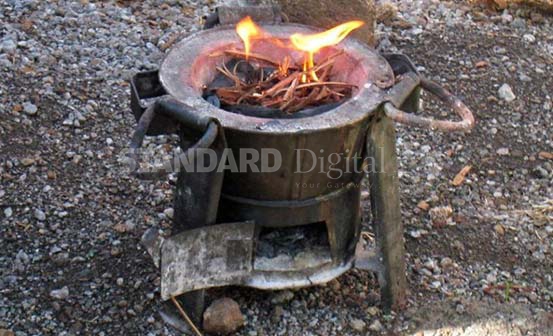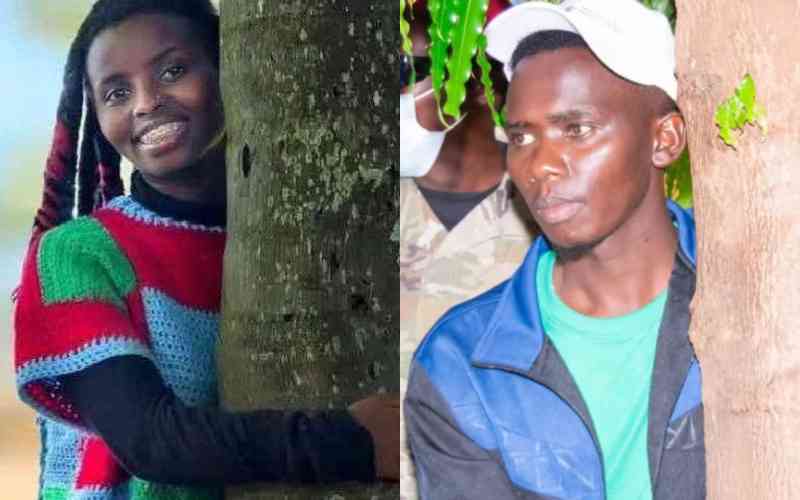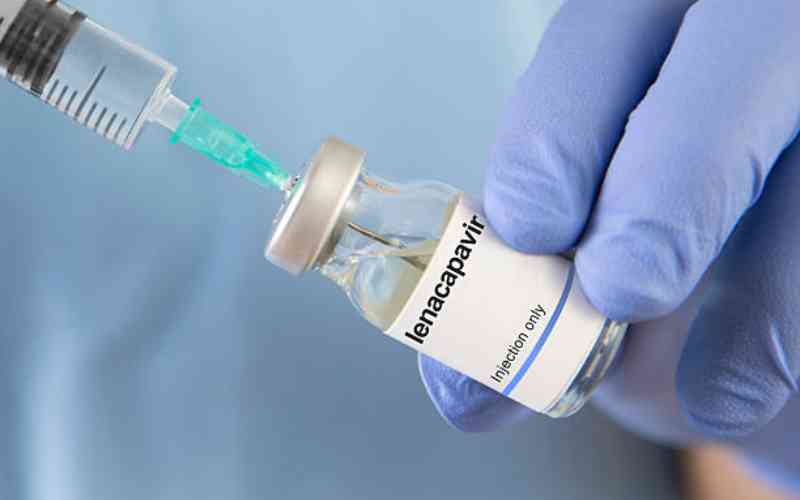
NAIROBI: Behind closed doors and windows we huddle around a jiko when sweaters, jackets and socks aren’t warm enough. The warning to keep away jikos from poorly ventilated houses is rarely heeded when cold weather sets in. Unfortunately, this has warmed some people to a painless death.
This is the case of families and friends who die in their sleep as they keep warm from the jiko not knowing they are inhaling the deadly carbon monoxide emitted by the burning charcoal. So, as you enjoy the Easter break, there are lessons you and your family must learn on using a jiko inside your house.
In February, three people died in Mukuru slums in Nairobi, due to carbon monoxide poisoning as they were boiling githeri (a mixture of beans and maize), on a jiko.
However, the colourless gas is not only emitted by burning charcoal but you can inhale it in the environment while travelling in cars, at work, visiting urban places where fuel is burnt or even in the house while cooking.
Last month, a family of six died in their sleep in the US state of Michigan from carbon monoxide poisoning in what the police said were effects from a generator running in the basement of the house, likely due to power outage.
According to the World Health Organisation (WHO), concentration of carbon monoxide is high near street intersections, in congested traffic, near exhaust gases from internal combustion engines and industrial sources, and in poorly ventilated areas such as parking garages and tunnels, whereas indoors, in workplaces or in homes that have faulty or poorly vented combustion appliances.
“Firefighters, cooks and construction workers may also be exposed at work to high carbon monoxide levels,” reads excerpts of a WHO advisory on carbon monoxide.
In Kenya, it is more commonly known as the silent killer for victims whose only mistake is an innate desire to keep warm behind closed doors during the cold weather.
Ear, Nose and Throat specialist Mbira Gikonyo says poisoning happens in humans when carbon monoxide is trapped in poorly ventilated and contained spaces. He says the gas is a silent killer as it cannot be seen yet it kills due to toxic effects to the circulation system after it is inhaled.
Some of the most common sources of this colourless gas include wood and gas stoves, generators and other gasoline powered equipment, car exhausts and tobacco smoke.
The most common symptoms of carbon monoxide poisoning are headache, dizziness, weakness, abdominal pain, stomach upset, vomiting, chest pain, blocked nose, running nose, red eyes and confusion.
However, Dr Gikonyo points out that most people who sleep with fire or jikos burning often die in their sleep without showing any symptoms. “After breathing in carbon monoxide, it enters the blood, mixes with the red blood cells haemoglobin to form poisonous carboxyhaemoglobin which results in the blood being unable to carry oxygen,” he says.
In some individuals, loss of muscle control is one of the key indicators of this poisoning although it is also confused with having a flu, thus preventing the affected person or individuals getting a rescue plan.
Why do most carbon monoxide poisoning deaths occur when the individual is asleep? Dr Gikonyo attributes this to the involuntary state of the individual in slumber land thus they do not have control of themselves, hence the gas takes advantage to sail through to the circulatory system leading to a slow, painless death.
“When one is asleep, they are unaware of their environment and as the carbon monoxide gas poisoning sets in, in the unconsciousness of sleep, they feel nothing as they succumb to the poisonous gas,” he says.
“We also light jikos at night in closed rooms to keep warm, that is when an individual falls asleep as the carbon monoxide gas accumulates, they breathe it and eventually die,” he adds.
Industries which use coal or carbon fuels for their energy are also potentially dangerous source of the gas.
Gikonyo advises that when an individual suspects himself or another being rendered weak by the carbon monoxide, the first remedy is to immediately move to freely circulating air because this dilutes the poisonous gas. He warns that generators should not be used in an enclosed room unless there is an exhaust taking the fumes outside or there is an open window. Personal diligence for drivers while in the comfort of their cars in garages attached to houses with inadequate ventilation is also key in preventing carbon monoxide gas emitted by vehicles.
Experts advise that the garage door should always be open to let in fresh air when you run a car inside.
“Garages where cars are let to run with the garage doors closed are equally dangerous and many drunk drivers are known to drive home, park cars in garage and fall asleep with their cars on, only to be found dead hours later,” he says.
So the next time the jiko is your source of warmth, be keen to leave the door and windows open and keep it outside the house when sleeping.
 The Standard Group Plc is a multi-media organization with investments in media
platforms spanning newspaper print
operations, television, radio broadcasting, digital and online services. The
Standard Group is recognized as a
leading multi-media house in Kenya with a key influence in matters of national
and international interest.
The Standard Group Plc is a multi-media organization with investments in media
platforms spanning newspaper print
operations, television, radio broadcasting, digital and online services. The
Standard Group is recognized as a
leading multi-media house in Kenya with a key influence in matters of national
and international interest.











